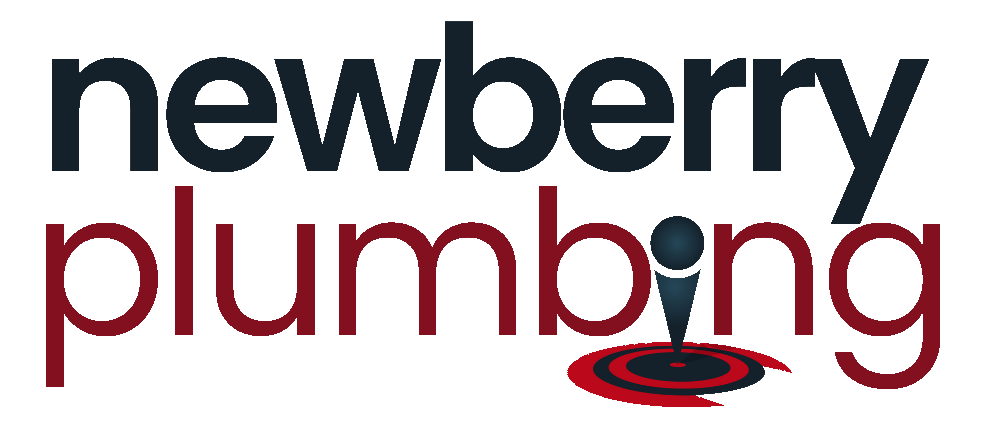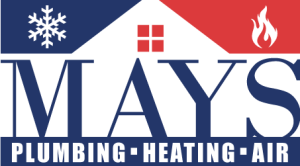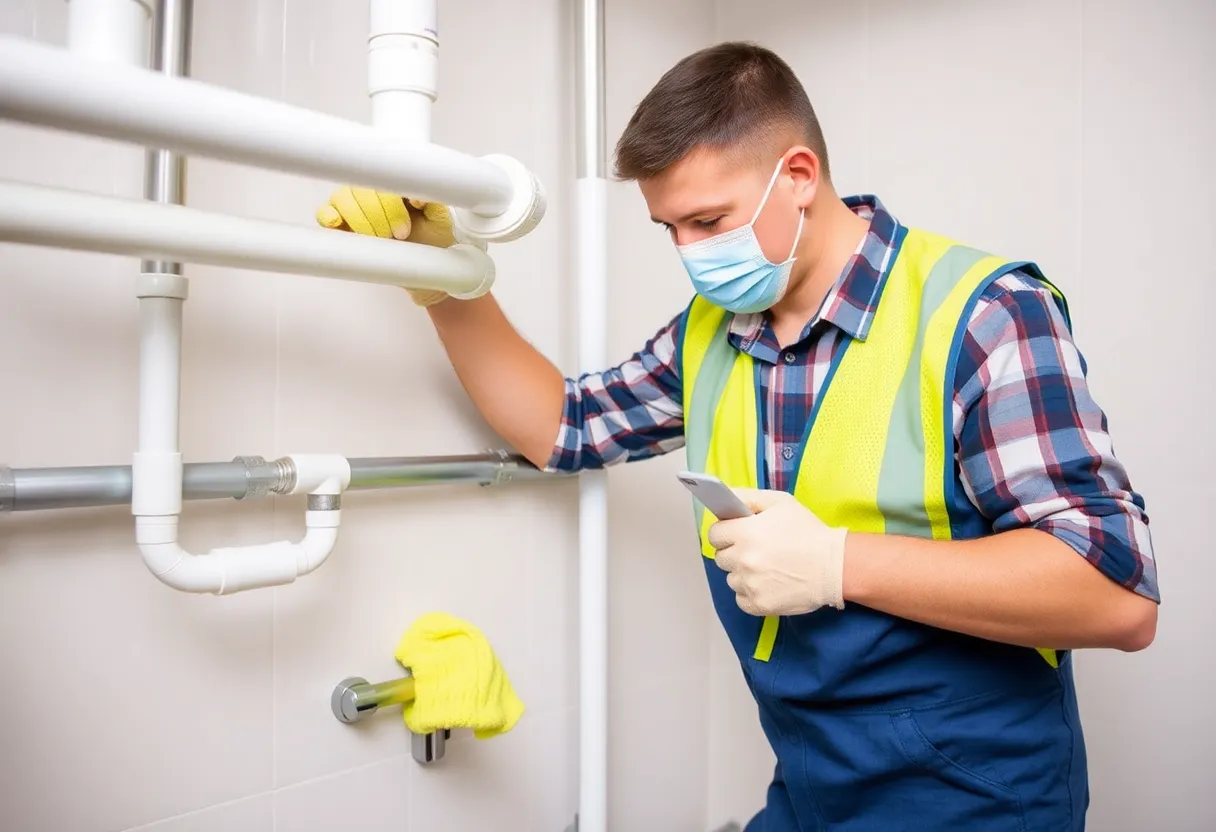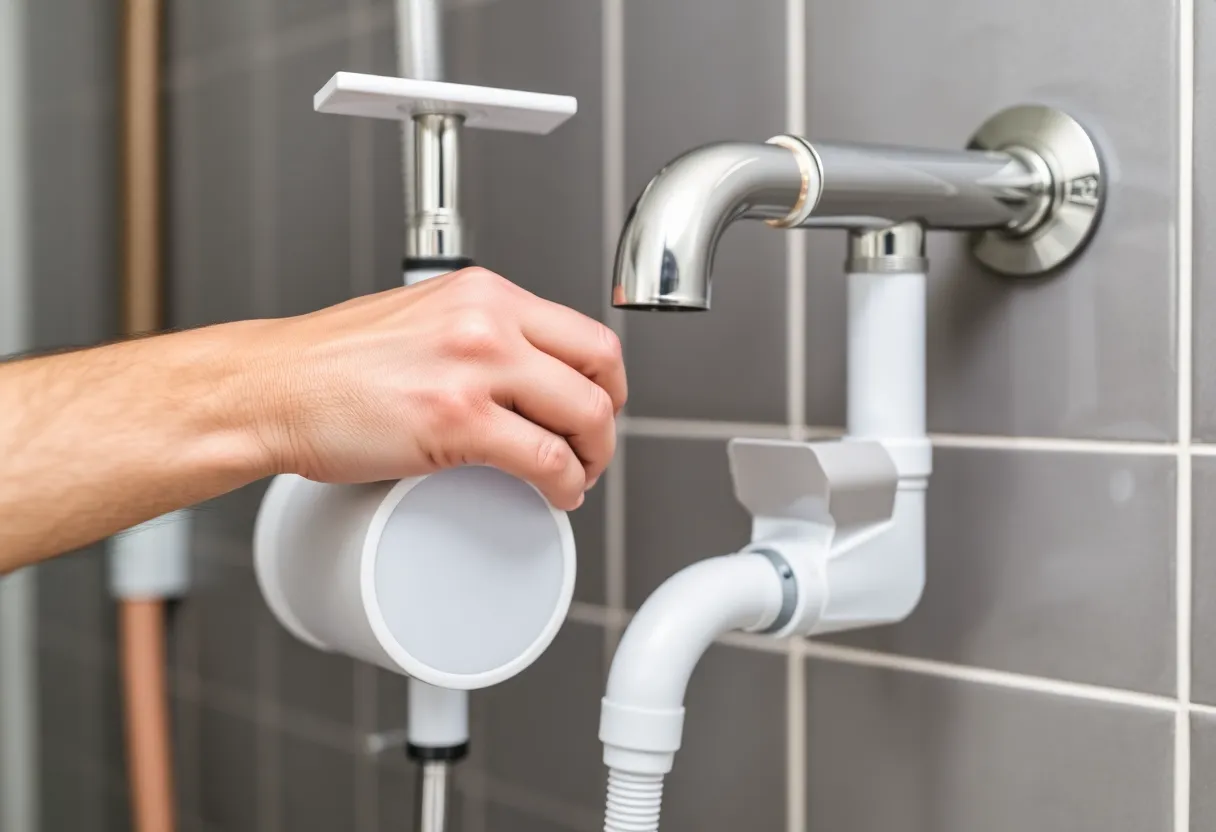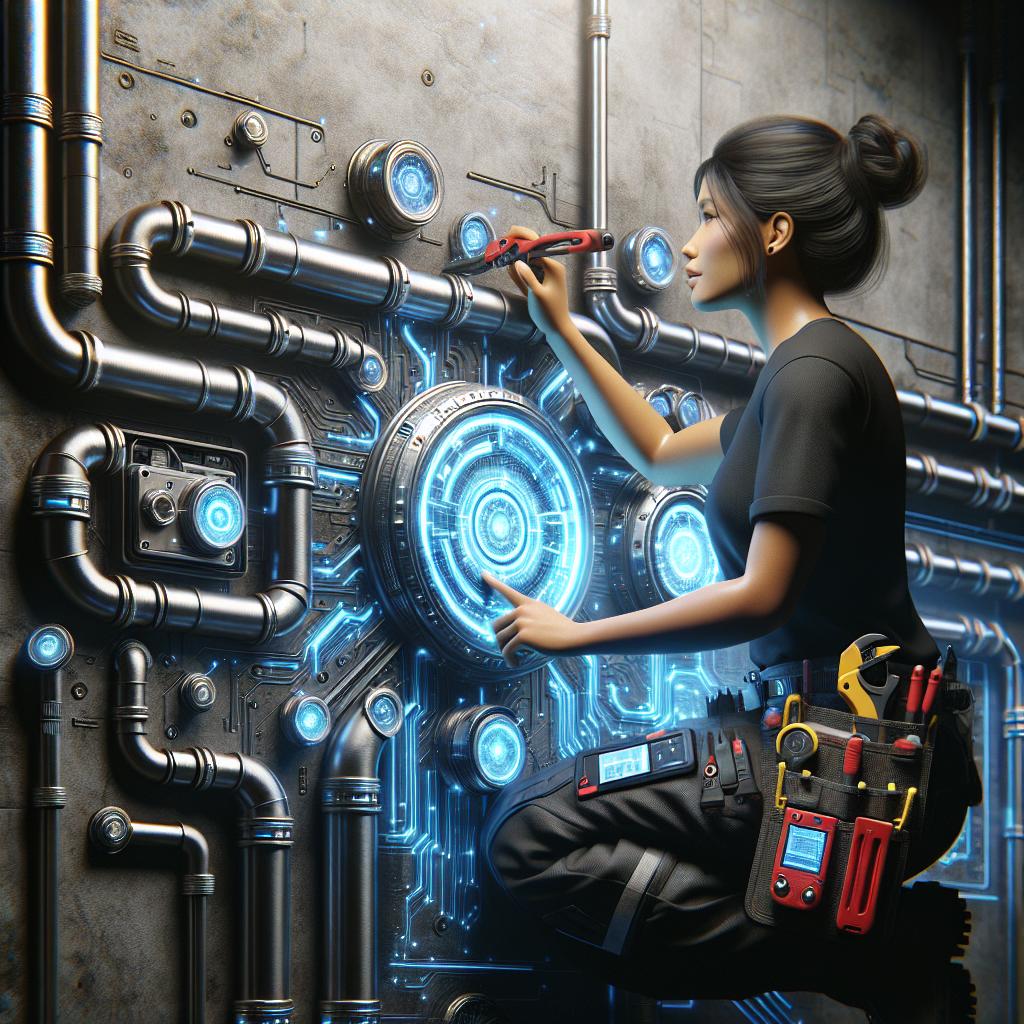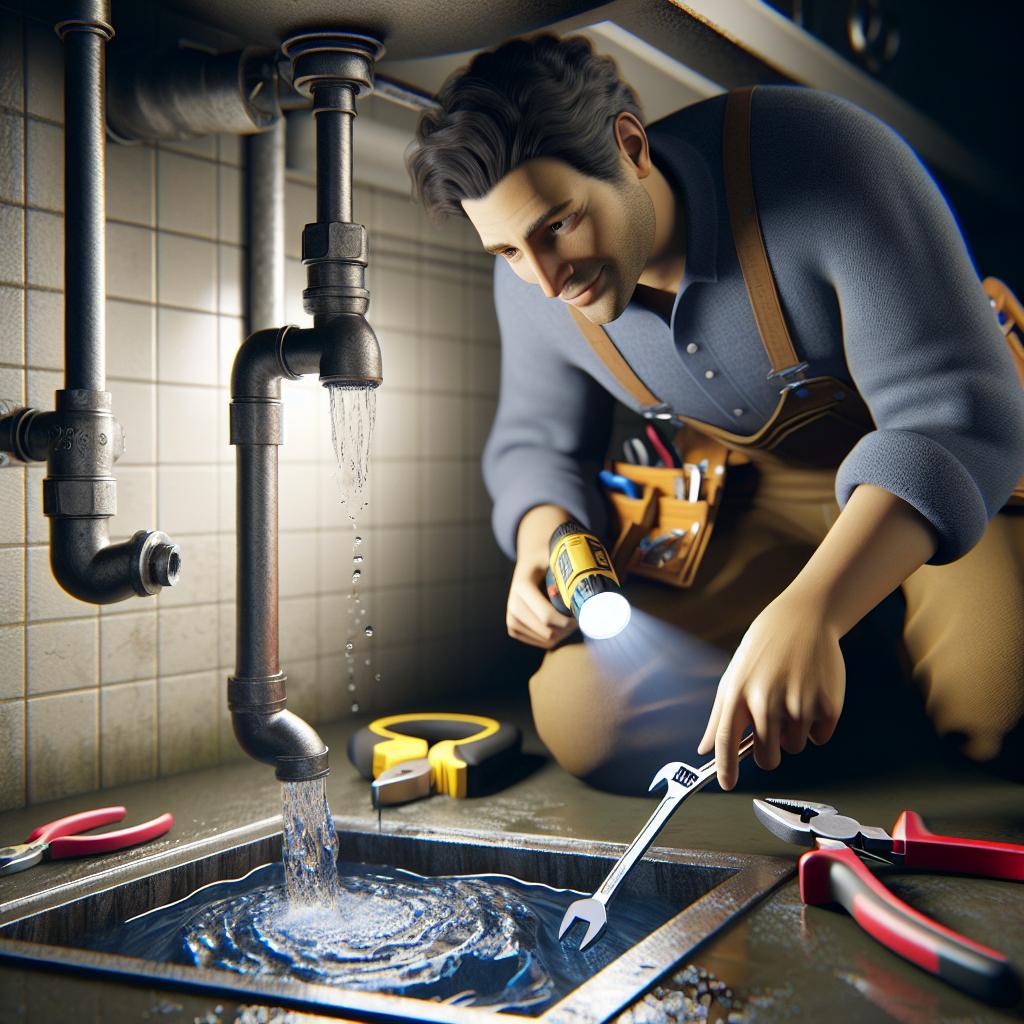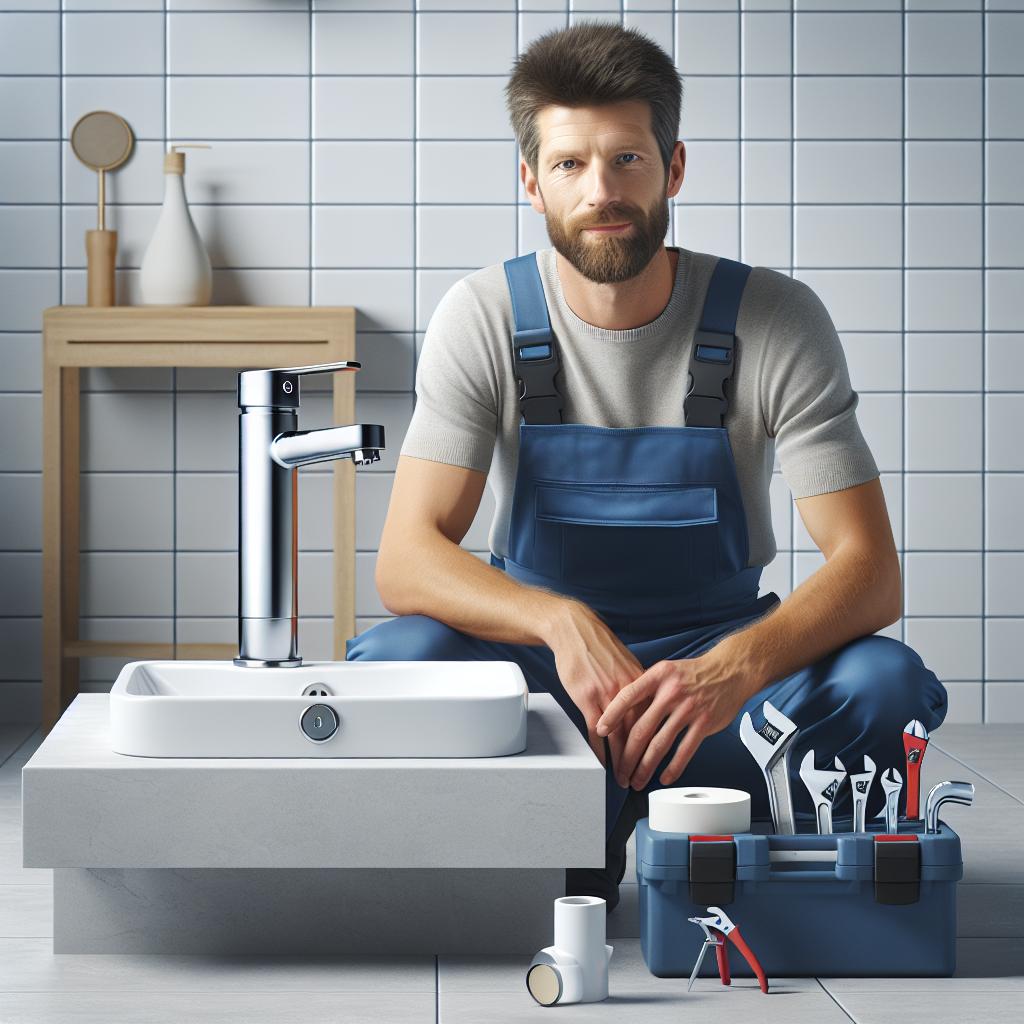The Eco-Friendly Revolution: 9 Sustainable Plumbing Solutions to Save Water and Money
In an era where environmental consciousness is at the forefront, every household is looking for ways to reduce its ecological footprint. Plumbing, a sector often overlooked in discussions about sustainability, offers a treasure trove of opportunities for homeowners to save both water and money. As our planet grapples with water scarcity and rising utility costs, the plumbing industry must adapt with innovative solutions that not only meet our needs but also prioritize the health of our planet. This article delves into _nine sustainable plumbing solutions_ that you can implement to contribute to the eco-friendly revolution.
1. Low-Flow Fixtures
One of the simplest and most effective ways to conserve water is by upgrading to _low-flow fixtures_. These are specially designed faucets, showerheads, and toilets that significantly reduce water usage without sacrificing performance. Typical low-flow showerheads use about 2.0 gallons per minute (GPM) compared to traditional models that can use 2.5 GPM or more. Toilets can also be upgraded to models that use as little as 1.28 gallons per flush, compared to the standard 1.6 gallons.
By installing these fixtures, homeowners can see a remarkable decrease in their water bills while contributing to the conservation of our planet’s most vital resource.
2. Dual-Flush Toilets
Another innovative plumbing solution is the _dual-flush toilet_, which offers two different flush options. This allows users to choose a lighter flush for liquid waste and a more robust flush for solid waste. Typically, a dual-flush toilet uses only 0.8 gallons per flush for liquids and 1.6 gallons for solids, ultimately conserving a significant amount of water. Studies show that homes with dual-flush toilets can save around 20% more water compared to traditional toilets.
Benefits of Dual-Flush Toilets
- Reduced water usage contributes to conservation efforts.
- Lower water bills due to decreased consumption.
- Improved home resale value, as eco-friendly features are increasingly sought after.
3. Rainwater Harvesting Systems
Harvesting rainwater is an ancient practice that has seen a resurgence in recent years as people seek sustainable sources of water. _Rainwater harvesting systems_ collect rainwater from rooftops and direct it to storage tanks for later use. This water can be used for irrigation, toilets, and even laundry, depending on the filtration and treatment systems in place.
The Importance of Rainwater Harvesting
Implementing a rainwater harvesting system can lead to:
- Significant reduction in municipal water demand, easing strain on local resources.
- Cost savings on water bills, particularly in areas with high water rates.
- A sustainable backup water source during droughts or emergencies.
4. Greywater Recycling Systems
Greywater recycling systems treat and reuse wastewater from sinks, showers, and washing machines. Unlike black water, which comes from toilets, greywater is relatively clean and can be reused for purposes such as irrigation or toilet flushing. According to studies, an average household can recycle up to 50% of its indoor water!
Benefits of Greywater Recycling
- Conserves freshwater, helping to alleviate shortages.
- Reduces the amount of wastewater that needs treatment, relieving pressure on local wastewater systems.
- Promote sustainable gardening practices by providing nutrient-rich water to plants.
5. Smart Irrigation Systems
For homes with gardens or lawns, _smart irrigation systems_ can make a huge difference in water efficiency. These systems are designed to automatically adjust watering schedules and amounts based on real-time weather conditions, soil moisture levels, and plant needs. With programmable timers and sensors, homeowners can easily optimize their irrigation practices.
Why Opt for Smart Irrigation?
- They can reduce water use by up to 30% compared to traditional irrigation systems.
- Promotes healthier landscaping through tailored watering routines.
- Decreases the time spent manually watering gardens and lawns.
6. Tankless Water Heaters
_Tankless water heaters_, also known as on-demand water heaters, heat water directly without the use of a storage tank. When a hot water tap is turned on, cold water travels through a pipe into the unit, where it is heated by either gas or electricity. The result is an endless supply of hot water while taking up less space and using less energy, which can lead to significant savings.
Advantages of Tankless Water Heaters
- They are more energy-efficient, reducing monthly utility bills.
- The lifespan is longer than traditional tank heaters, offering better value.
- They reduce energy waste by heating water only when needed.
7. Leak Detection Systems
Water leaks can lead to significant water waste and increased bills. Investing in _leak detection systems_ can help homeowners identify leaks early, often before they become major problems. These systems utilize sensors that alert you to leaks in real time, allowing for prompt action.
Benefits of Leak Detection Systems
- Prevent costly damage to the home from undetected leaks.
- Conserve water by addressing leaks before they escalate.
- Lower water bills by minimizing waste.
8. Pipe Insulation
Insulating your plumbing pipes is an often-overlooked yet highly effective plumbing solution for improving energy efficiency. _Pipe insulation_ prevents heat loss from hot water pipes and helps to maintain the temperature of the water as it travels through the pipes. This means that less energy is used to reheat water, resulting in lower energy bills and a reduced carbon footprint.
The Benefits of Pipe Insulation
- Enhances energy efficiency, leading to cost savings on heating bills.
- Reduces the risk of pipes freezing in colder climates.
- Increases the lifespan of plumbing systems by minimizing temperature fluctuations.
9. Water-Efficient Washing Machines
Washing machines can consume a significant amount of water, but modern _water-efficient models_ take sustainability to the next level. These machines utilize advanced technology to minimize water usage while maximizing performance.
Why Choose Water-Efficient Washing Machines?
- They can save up to 50% more water than traditional washing machines.
- Many models qualify for rebates or incentives, providing financial benefits.
- Reduced environmental impact due to lower water consumption and energy usage.
Conclusion
Incorporating sustainable plumbing solutions into your home is an essential step toward contributing to the eco-friendly revolution. Each of the _nine solutions_ discussed offers unique opportunities not only to save water and reduce bills but also to promote a healthier planet. Whether you choose to implement low-flow fixtures or install a rainwater harvesting system, every action counts. Embrace these changes, and you’ll not only improve your home’s efficiency but also set a positive example for others in your community. Together, we can make a meaningful impact on our world.
